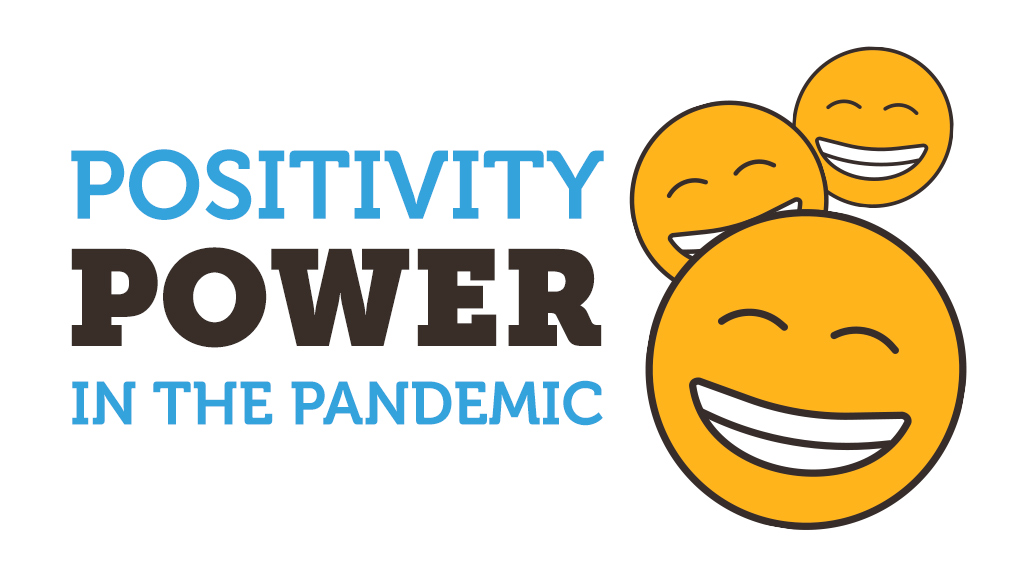
Positivity has been highlighted more recently with the gloom of the recent pandemic. We would hope that positive thinking was the norm, but it often is not. There are numerous books written about how to become a positive thinker, indicating the task may be quite challenging. Positive thinking has been linked to better stress management, improved health, enhanced mental well-being, and reduced risk of participating in harmful behaviors. These great benefits and inspiring COVID commercials should motivate positive thinking, if that is how this works, but it doesn’t.
Those who tend to think more negatively have likely done this for a while. The brain of the negative person has been trained to negativity because that has been the person’s go-to for so long that it has become an automatic response. The negative brain turns to the most used thought patterns, which are typically distorted, irrational, or inaccurate thoughts. The negative thoughts are commonly driven by all-or-nothing thinking, jumping to conclusions, overgeneralizing, mind reading, disqualifying the positive, having a self-defeating mindset, worrying about what others think or what could go wrong, or denying forgiveness. These thoughts aren’t helpful and only get in the way of finding happiness. Furthermore, negative thinking is linked to depression and anxiety, which certainly does not help manage either of these conditions.
If you want to find out if you have more of a negative mindset, I recommend keeping a thought record that includes the situation that caused you to be upset, your initial thought of the situation, and if your thought was negative what type of negative thinking do you recognize. If you recognize you are more of a negative thinker, it is time to change those thoughts. It may not be easy at first to change your way of thinking, but stay at it and you will see improvement.
Now that you have committed to making a change to your thinking pattern, I recommend you add more to your thought log. Continue with the first three parts of the log and add challenging your initial thought. Ask yourself what facts you have to support your thought and what advice you would give a loved one in the same situation. Also, ask yourself how successful your way of thinking has been for you. Next, write down alternative ways of thinking or how else you could have handled the situation. Make a plan of how you will respond to similar situations in the future using positive thinking or how you will not respond with your previous way of thinking. Finally, make sure to evaluate your progress and recognize strengths. I would do this daily for a month and see if there are any patterns or automatic thoughts you tend to have and how you have made changes. Here is a link to a free and printable thought log template.
The following is an example of a thought log:
Situation: I made a mistake at work today.
Initial thought: I don’t know why they hired me for this position? I’m too dumb.
Negative thinking: Labeling
Challenge initial thought: No, I’m not dumb. I made a mistake, just like everyone else makes. They hired me because I have the degree required for this position and I have experience.
Alternative ways of thinking: I could have thought about how I am new to the job and still learning. Others probably made mistakes too when they first started.
Plan: I will avoid labeling myself in the future and remember that I do belong here because I met the qualifications to get hired.
Evaluate progress: I have made attempts to not label myself when something goes wrong and feel that I have done well on most occasions.
To go with the thought log, it will also be important to become aware of your thoughts and stop negative thoughts immediately. Avoid situations or people that trigger negativity, when possible. Get enough sleep, exercise, and eat healthy. Listen to uplifting music for 20 minutes each day, practice meditation, or recite positive affirmations each morning and night.
You can also spend 10 minutes each day breathing in sequence 6-3-6-3 (inhale through nose for six counts, hold for three, exhale through nose six counts, hold for three). When you have a negative thought, say “not true,” shake your head no, or put up your hand using the stop signal. Visualize an image of the negative thought becoming smaller and smaller until it is gone. Envision positive situations since your brain will not know the difference between reality and what you imagine. Change your negative thinking pattern by adding a new routine to your daily thought process, such as self-reflection, positive affirmations, or meditation.
I hope these tips help you to achieve a more positive mindset. It may take time, but stick with it. Your hard work will pay off. Make sure to update us with your progress and please ask for additional ways to replace negative thinking, if needed.
The happiness of your life depends upon the quality of your thoughts.
–Marcus Aurelius

